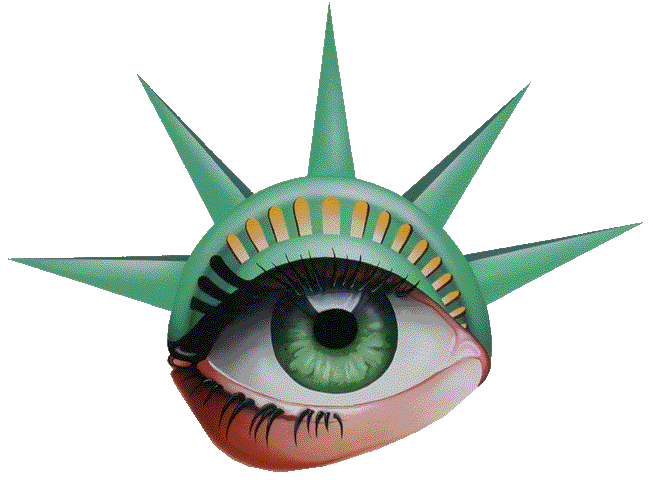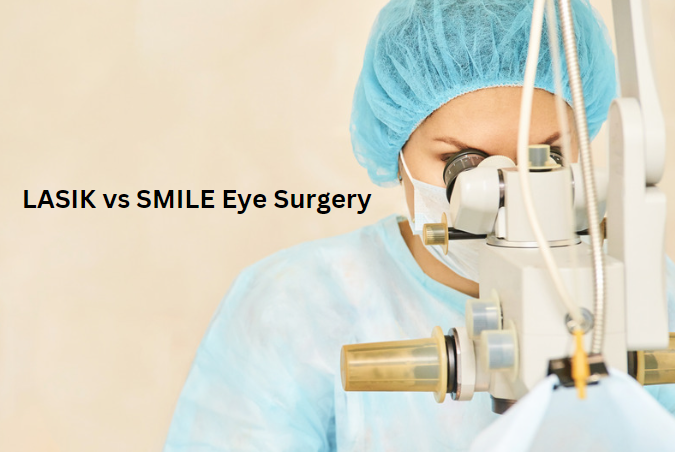When it comes to choosing the right laser eye surgery, understanding the differences between LASIK and SMILE is crucial. Both procedures offer significant improvements in vision, but they differ in techniques, recovery times, and suitability for different eye conditions. This article explores the nuances of LASIK and SMILE eye surgery, providing detailed comparisons, answering common questions, and helping you make an informed decision.
Understanding LASIK
What is LASIK?
Laser-Assisted In Situ Keratomileusis (LASIK) is a popular laser eye surgery that has been used for over 30 years to correct various refractive errors, including myopia (nearsightedness), hyperopia (farsightedness), and astigmatism. The procedure involves creating a thin flap in the cornea, reshaping the underlying tissue with an excimer laser, and then repositioning the flap to heal naturally.
LASIK Procedure Steps
- Creating the Flap: A femtosecond laser or a microkeratome creates a thin flap in the cornea.
- Reshaping the Cornea: An excimer laser precisely removes microscopic amounts of corneal tissue to reshape it.
- Repositioning the Flap: The flap is carefully laid back into place, acting as a natural bandage.
Benefits of LASIK
- Quick Recovery: Most patients experience significant improvement in vision almost immediately, with full recovery typically within a week.
- High Precision: The excimer laser allows for customized treatments, providing superior visual outcomes.
- Established Procedure: LASIK has a long track record of success and lower complication rates due to refined techniques over the years.
Potential Risks and Side Effects
- Dry Eye Syndrome: LASIK can increase the risk of dry eyes, especially in the first few months post-surgery.
- Flap Complications: Although rare, complications related to the corneal flap can occur, such as dislocation or infection.
Understanding SMILE
What is SMILE?
Small Incision Lenticule Extraction (SMILE) is a newer laser eye surgery technique, approved in 2016, that is less invasive than LASIK. SMILE corrects myopia and myopic astigmatism by using a femtosecond laser to create a small disc-shaped piece of tissue (lenticule) within the cornea, which is then removed through a tiny incision.
SMILE Procedure Steps
- Creating the Lenticule: A femtosecond laser creates a lenticule within the cornea.
- Making the Incision: A small incision (2-4 mm) is made in the cornea.
- Removing the Lenticule: The lenticule is extracted through the incision, reshaping the cornea.
Benefits of SMILE
- Less Invasive: SMILE does not require a corneal flap, reducing the risk of flap-related complications.
- Faster Recovery: Patients often experience less postoperative discomfort and a quicker return to normal activities.
- Reduced Dry Eye Symptoms: SMILE tends to preserve more corneal nerves, which can help reduce the incidence of dry eyes.
Potential Risks and Side Effects
- Limited Treatable Conditions: SMILE is currently only approved for treating myopia and astigmatism, not hyperopia.
- Gradual Visual Recovery: Some patients may experience a slower visual recovery compared to LASIK.
| Feature | LASIK | SMILE |
|---|---|---|
| Technique | Flap creation with femtosecond laser or microkeratome, excimer laser reshapes cornea | Femtosecond laser creates lenticule, small incision for removal |
| Invasiveness | More invasive due to flap creation | Less invasive, no flap |
| Recovery Time | Quick visual recovery, usually within a week | Slightly faster recovery, less discomfort |
| Dry Eye Risk | Higher risk | Lower risk |
| Treatable Conditions | Myopia, hyperopia, astigmatism | Myopia, myopic astigmatism |
| Visual Outcomes | Immediate improvement, often 20/20 vision or better | Gradual improvement, high satisfaction rates |
| Precision | Highly precise with excimer laser | Preserves corneal biomechanics |
Common Questions About LASIK vs. SMILE
How do LASIK and SMILE differ in terms of recovery?
LASIK typically offers quicker visual recovery, with many patients achieving clear vision within a day. Full recovery usually occurs within a week. SMILE patients may experience a slightly slower recovery but benefit from less postoperative discomfort and a reduced risk of dry eyes.
Which procedure is more suitable for athletes or those with active lifestyles?
SMILE is generally preferred for individuals involved in contact sports or activities with a higher risk of eye trauma. The absence of a corneal flap reduces the risk of flap-related complications, making SMILE a safer option for these patients.
What are the long-term outcomes of LASIK and SMILE?
Both LASIK and SMILE offer long-term improvements in vision with high patient satisfaction rates. LASIK’s precision and ability to treat a broader range of refractive errors can provide superior visual outcomes for some patients. However, SMILE’s minimally invasive nature and reduced dry eye risk make it an excellent choice for others.
Are there any specific conditions that make one procedure better than the other?
LASIK is better suited for patients with higher degrees of refractive errors or those needing treatment for hyperopia. SMILE is ideal for patients with myopia or myopic astigmatism, especially those with a higher risk of dry eyes or those who prefer a less invasive procedure.
Making the Right Choice
Choosing between LASIK and SMILE depends on various factors, including your eye health, lifestyle, and specific vision correction needs. A comprehensive eye examination and consultation with an experienced ophthalmologist are essential to determine the best procedure for you.
At Liberty Laser Eye Center, we offer both LASIK and SMILE procedures, utilizing state-of-the-art technology and experienced surgeons to provide the best possible outcomes for our patients. Our team will work with you to evaluate your eye health, discuss your vision correction goals, and recommend the most suitable procedure.
Conclusion
Both LASIK and SMILE are excellent options for vision correction, each with its unique advantages. LASIK offers quick recovery and high precision, making it ideal for a broad range of refractive errors. SMILE provides a less invasive alternative with a lower risk of dry eyes and quicker postoperative comfort.
To learn more about which procedure is right for you, visit Liberty Laser Eye Center and schedule a consultation. Our expert team is here to guide you through your vision correction journey, ensuring you achieve the best possible results. Contact us today and take the first step towards clearer vision.
For more information on related topics, check out our articles on understanding nearsightedness vs. farsightedness, LASIK eye surgery success rates, and astigmatism vs. nearsightedness.


